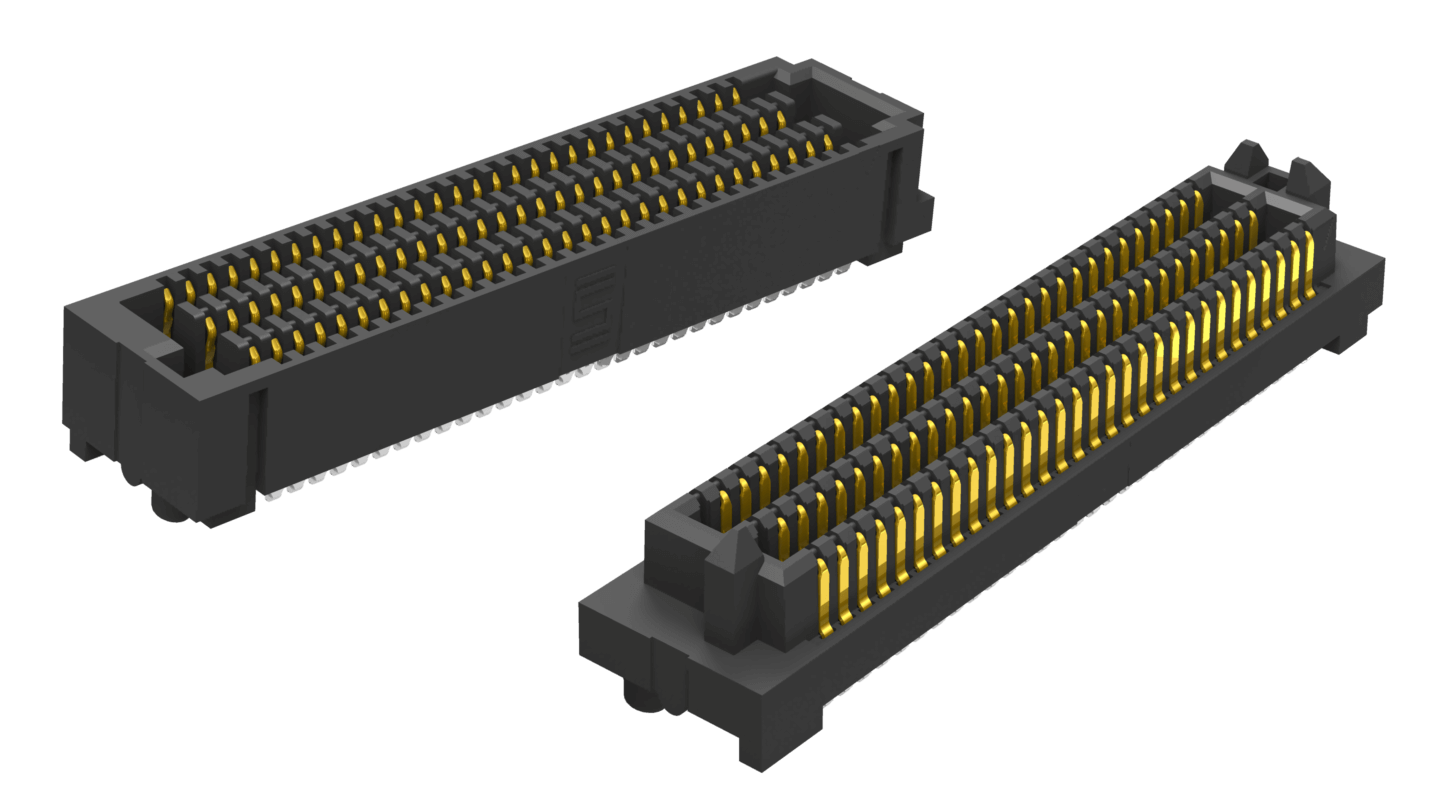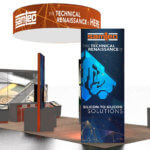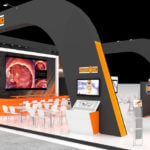The exploration of space has been a dream of mankind for centuries. Every month that passes marks another anniversary of a step towards our understanding of the cosmos. For example, February 10th 2021 marks the 60th anniversary of a momentous telephone call. On this day in 1961, a call was placed between Washington DC and Woomera, South Australia. What makes this so impressive is that the signals were “bounced” from the surface of the moon as a way to transmit the call from one side of our planet to the other.

These anniversaries, whether famous or obscure, speak to the fantastic advances that are being made every day by scientists around the world. Samtec is proud to play its part in these activities, manufacturing connectors for some of the remarkable technology being used to advance the knowledge of mankind.
However, it is always worth remembering that many fantastic discoveries have been made without access to advanced electronics or multi-billion-dollar budgets. By simply looking into space, we are following in the footsteps of some of the most famous astronomers in history, giants like Galileo, Herschel and Messier.
The Advantages We Have
The greatest joy for today’s enthusiast is that modern consumer technology provides capabilities that the pioneers of astronomy could only have dreamed of. We have access to commercially available optical devices that deliver superb performance at very low cost. We are not forced to build our own equipment but instead, we can buy telescopes with built-in cameras and computers to analyze images. Some of the most remarkable astronomical discoveries were made by non-professional observers using commercially available equipment in their own backyard. Not only that, but astronomers can now share their observations with their peers via email and the internet.

One problem that was not faced by the pioneers in this field is light pollution. Modern civilization creates a huge amount of light, and unless you are lucky enough to live deep in the countryside, this interacts with atmospheric particles. In towns and cities it might not get dark enough to see some of the fainter features in the night sky. While many of us are confined to our own homes by current circumstances, there is little we can do to solve the problem of light pollution, but there are still plenty of things to observe.
We do not have to look all the way to the stars to see interesting features. The solar system is filled with 7 planets other than our own (When I went to school, we still had 8. Sorry, Pluto). Some are too remote or too close to the sun to see, but others are amongst the brightest features in the night sky. Several of our celestial neighbors can be seen with the naked eye, and if you can hold a pair of binoculars steady enough, you can see the moons of Jupiter, the red color of Mars and the rings of Saturn.
Imaging the Universe
These modern devices are allowing us to create beautiful pictures from the sky. They may not rival the awe-inspiring imagery generated by space telescopes like Hubble, but common commercial equipment will allow you to capture the wonder of the heavens.

This image was taken on a normal digital SLR camera, fitted with a long lens and using an equatorial mount. This type of equipment is not too expensive and easily within the reach of the amateur photographer. There are many websites that will help you get the most from your camera. To gain a little inspiration, visit the website of the photographer who created this image, Ben Brotherton who is based in the south of the UK.
Samtec is constantly developing connectors that provide low profile, high-speed solutions for commercial and consumer equipment like cameras and smartphones. These are devices that many of us have, and they can help us explore the cosmos without leaving solid ground.
Computing our way to new discoveries
With the observations taken from hand-held devices, we can play our part in large grid computing projects. A grid of this kind can be described as a virtual supercomputer, in which many users donate computing time to achieve a common goal. In astronomy, this has allowed a vast amount of computing power to be devoted to the discover of new celestial objects, from asteroids and comets to pulsars and nebulae. These activities depend on high-speed internet connections and data centers, areas in which Samtec is active in developing products for the advanced infrastructure of tomorrow.

Some of us are lucky enough to explore the universe some space, while the rest of us remain firmly on planet Earth. However we play our part, Samtec is developing connectors that are used in a wide range of high-speed applications, and help us to know more tomorrow than we do today.



Leave a Reply